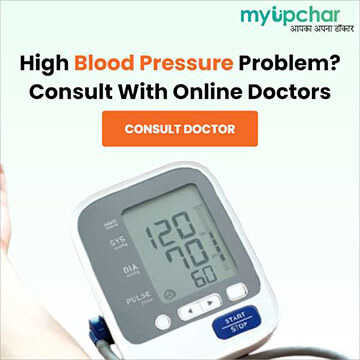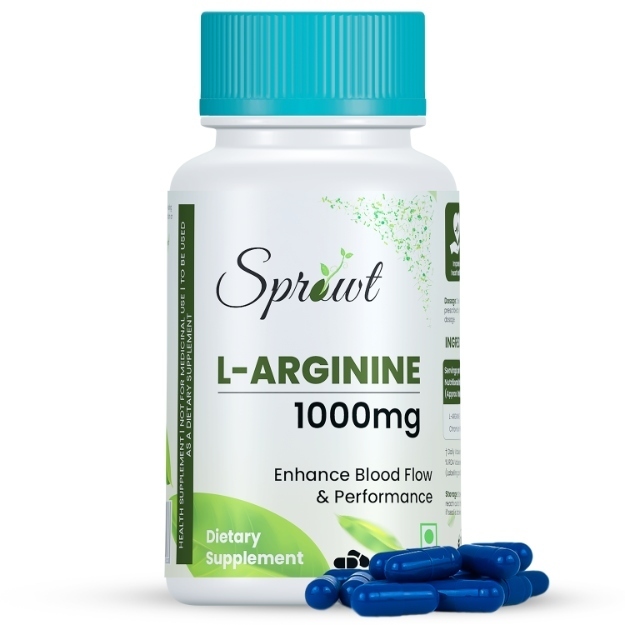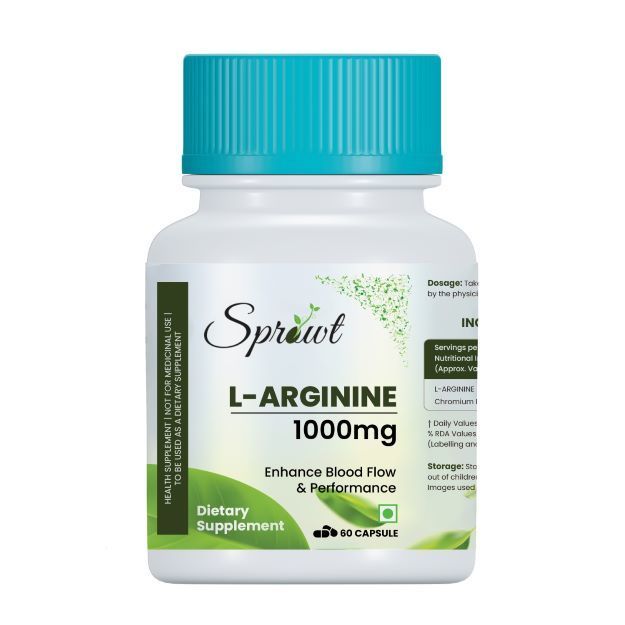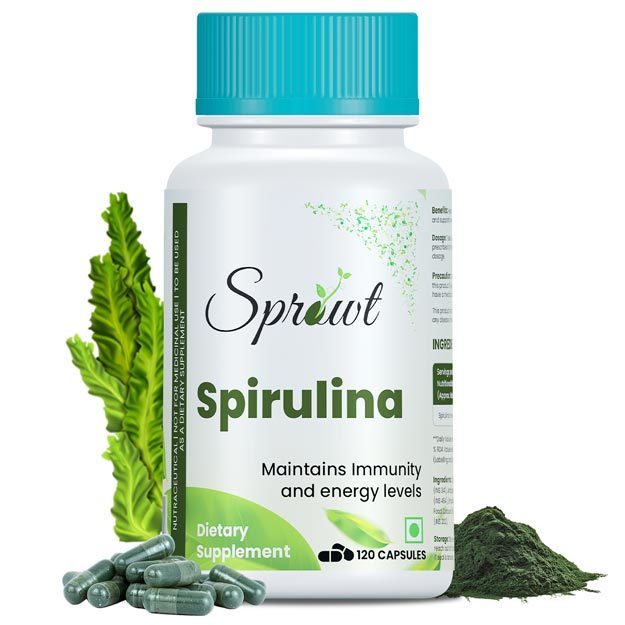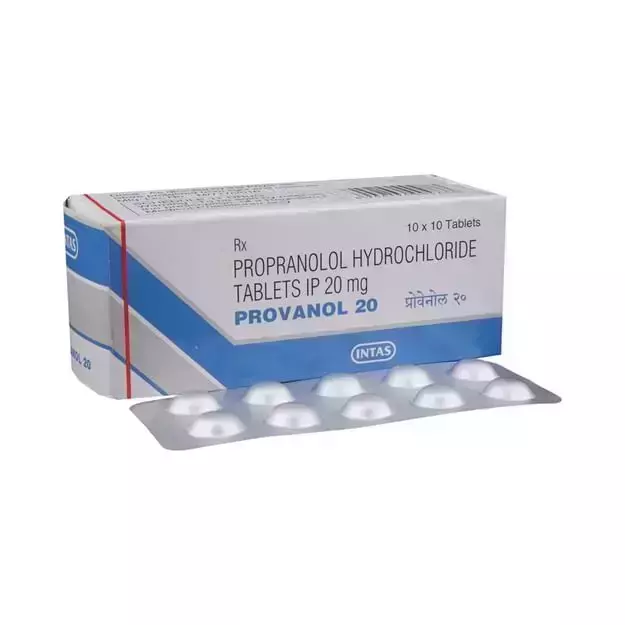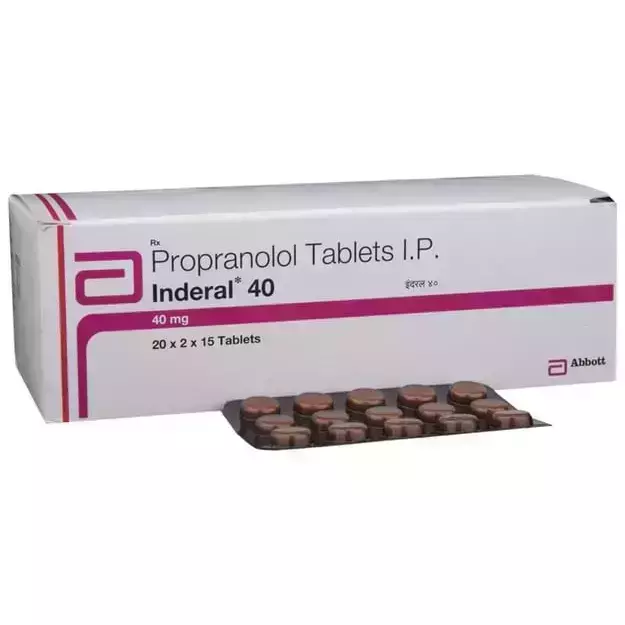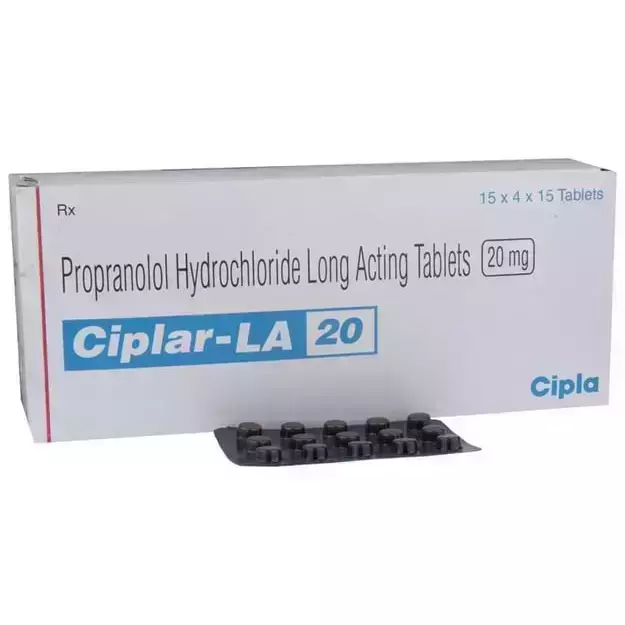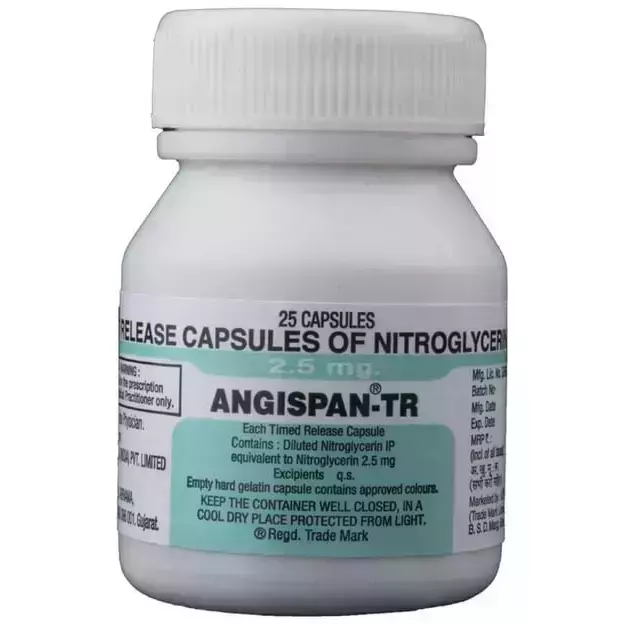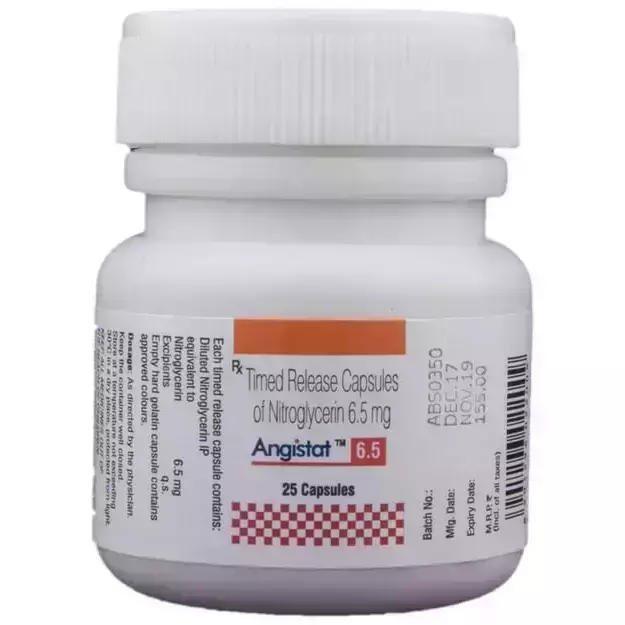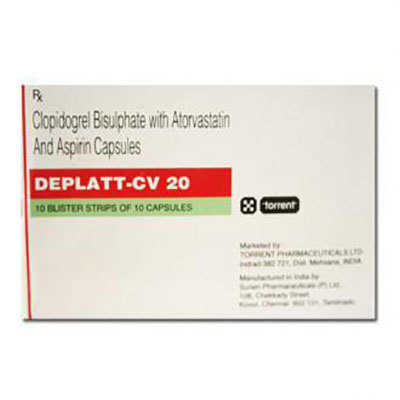Kipnol TR 80 Capsule is a prescription medicine that is available as a Capsule. It is primarily used for the treatment of Angina, High BP. The alternative uses of Kipnol TR 80 Capsule have also been explained below.
The optimal dosage of Kipnol TR 80 Capsule is largely dependent on the individual's body weight, medical history, gender and age. Besides the medical condition it is advised for, the route of administration also plays an important role in determining the correct drug dosage. Refer to the dosage section for a detailed discussion.
The side effects typically associated with Kipnol TR 80 Capsule include Fainting. Apart from the aforementioned side effects, Kipnol TR 80 Capsule can also lead to other problems, which have been listed below. These side effects of Kipnol TR 80 Capsule are usually temporary and subside with the completion of treatment. Please speak with your doctor if these side effects worsen or persist for a longer duration.
Furthermore, you should know that effect of Kipnol TR 80 Capsule is Severe for pregnant women and Mild for women who are breastfeeding. It is important to know if Kipnol TR 80 Capsule has any effect on the kidney, liver and heart. Information on such adverse effects, if any, has been given in the Kipnol TR 80 Capsule related warnings section.
Individuals suffering from medical conditions like Asthma, Diabetes, Liver Disease must refrain from the use of Kipnol TR 80 Capsule since this can cause severe adverse effects. Some other conditions that can be affected by Kipnol TR 80 Capsule are listed in the contraindications section below.
Additionally, Kipnol TR 80 Capsule may also adversely react with other medicines. A complete list of these interactions is given below.
You should also be aware that Kipnol TR 80 Capsule is not safe while driving, and is not addiction.
X


